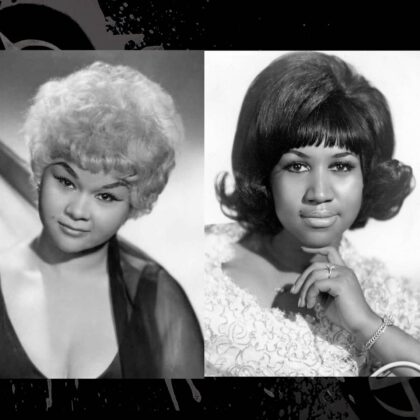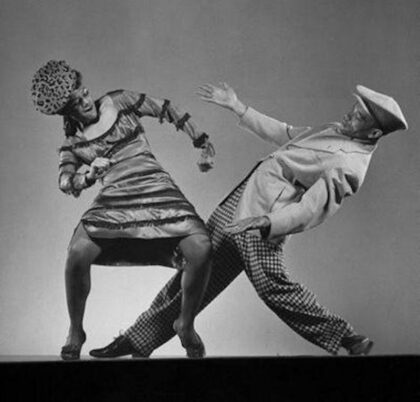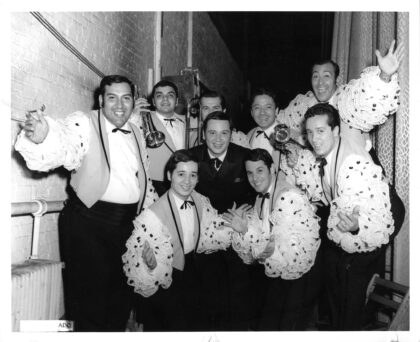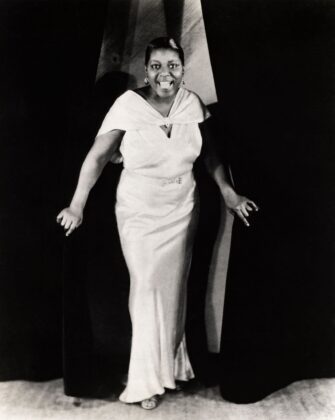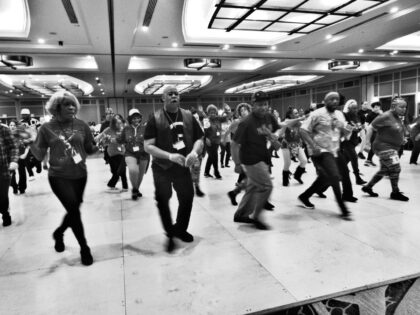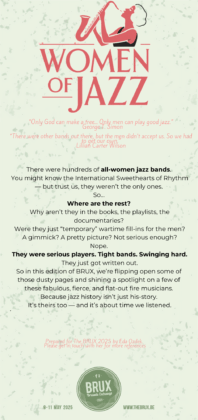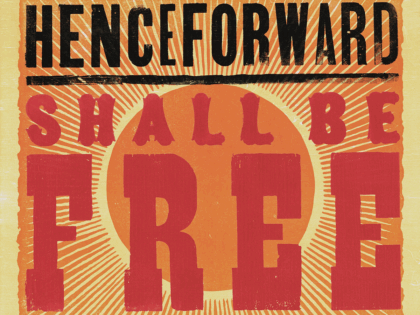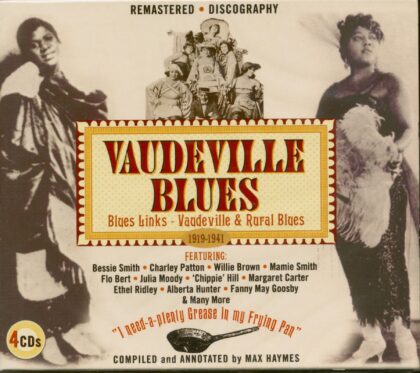In her no-holds-barred autobiography Rage to Survive, Etta James, one of the fiercest and most vulnerable voices of 20th-century music, lets us in on a hard truth: for women in the Blues, soul, and R&B world, the path to recognition was rarely smooth, and rarely walked alone. While much of Blues history celebrates the genius of individual women, the deeper truth lies in the fierce networks of friendship, rivalry, mentorship, and solidarity that connected them. David Ritz, who penned biographies of both Etta James and Aretha Franklin, captures more than just the music, he captures the emotional terrain of sisterhood forged under pressure.
Sandra Gibson: A Blues Dancer’s Legacy
Born Mildred Pollard in 1919 in Atlanta, she launched her career as a Lindy Hopper, earning the nickname “Boogie.” In 1937, she joined Whitey’s Lindy Hoppers, performing alongside Al Minns, with whom she won the 1938 Harvest Moon Ball. Together, they introduced the iconic “shake-the-change” move featured in Hellzapoppin’. Transitioning into solo performance, she adopted the name Sandra Gibson, exploring exotic Blues dance and stand-up comedy. Her artistry struck a new chord, grounded, sensual, and bold.
Why Mambo & Boogaloo Matter for Blues Dancers
When we talk about Blues dancing, we often focus on the slow drag, the shuffle, or the pulse of a Chicago groove. But the story of Blues as music and as dance is not isolated. It has always been in dialogue with other African diasporic traditions, evolving in conversation with rhythms that crossed oceans and neighborhoods alike.
Unapologetically Blues: Singing Against Silence
The Blues was never just music, before we named it as Blues, it was a declaration of existence. For Black women specifically, it became a form of survival, protest, and power. As Angela Y. Davis writes in Blues Legacies and Black Feminism, the music of Ma Rainey, Bessie Smith, and Billie Holiday did more than entertain: it offered a radical commentary on Black womanhood. Through their lyrics, performances, and unapologetic personas, Blues women forged an intellectual and cultural revolution that scholars like Daphne A. Brooks term the Black feminist sonic imagination.
Brussels’ Sugar Pie Line Dance
Do you want to learn a community choreography, and then surprise everyone by popping up on the dance floor during the Blues Remix parties?
Jazya & Eda brought together a joyful line dance choreography just for Blues Remix, mixing heritage, groove, and community fun.
Series Title: Art, Resistance, and Community: Exploring African-American Cultural Expressions
This series of four articles—covering Maafa: Naming the Great Tragedy and Understanding Its Legacy, The Blues Aesthetic and Contemporary Resistance, African-American Dance Aesthetic, and Appreciate Without Appropriating: Dancing with Respect—offers an overview of African-American art forms, their history, and their contemporary significance.
Safe(r) Space Work in the Brussels Swing Dance Scene
Across Europe, swing & blues dance festivals have been developing Codes of Conduct and Safe Space Teams to respond to issues of harassment, bullying, or abuse. In Brussels, work has been ongoing on safe(r) spaces for many years, but with a change in approach in the past couple of years, as cases have started to come to us outside of the festival space. Most cases have reached us in the context of upcoming festivals, when dancers or survivors signaled concerns about someone’s past behaviour and their participation in an event. While these situations are never easy, they have shown how important it is to have some kind of process in place.
🎭 A Short History of Blues Cabaret
Cabaret has long been a space where music, dance, humor, and social commentary met on the same stage. In early 20th-century America, especially in Harlem and Chicago, blues women like Bessie Smith, Ma Rainey, and Ethel Waters brought the raw honesty of the blues into cabaret settings mixing theatrical flair with deeply personal storytelling. These performances often blurred the line between entertainment and lived experience: a place where marginalized voices could express freedom, sexuality, pain, and joy, often with a wink of irony or satire.
Unity Atlantic Map Series – Living Rhythm: Exploring Black Atlantic Heritage
The Unity Atlantic project investigates how rhythm, dance, and memory travel and connect across the African diaspora. The centerpiece is the Unity Atlantic Rhythm Map, made in collaboration with Aurélie Capelle-Sigère. It is an interactive digital tool tracing rhythms across Africa, the Caribbean, the Americas, and Europe. Visitors can experience the map through short guided video tours in English and French. Visitors can explore the map through short guided video tours available in English and French.

